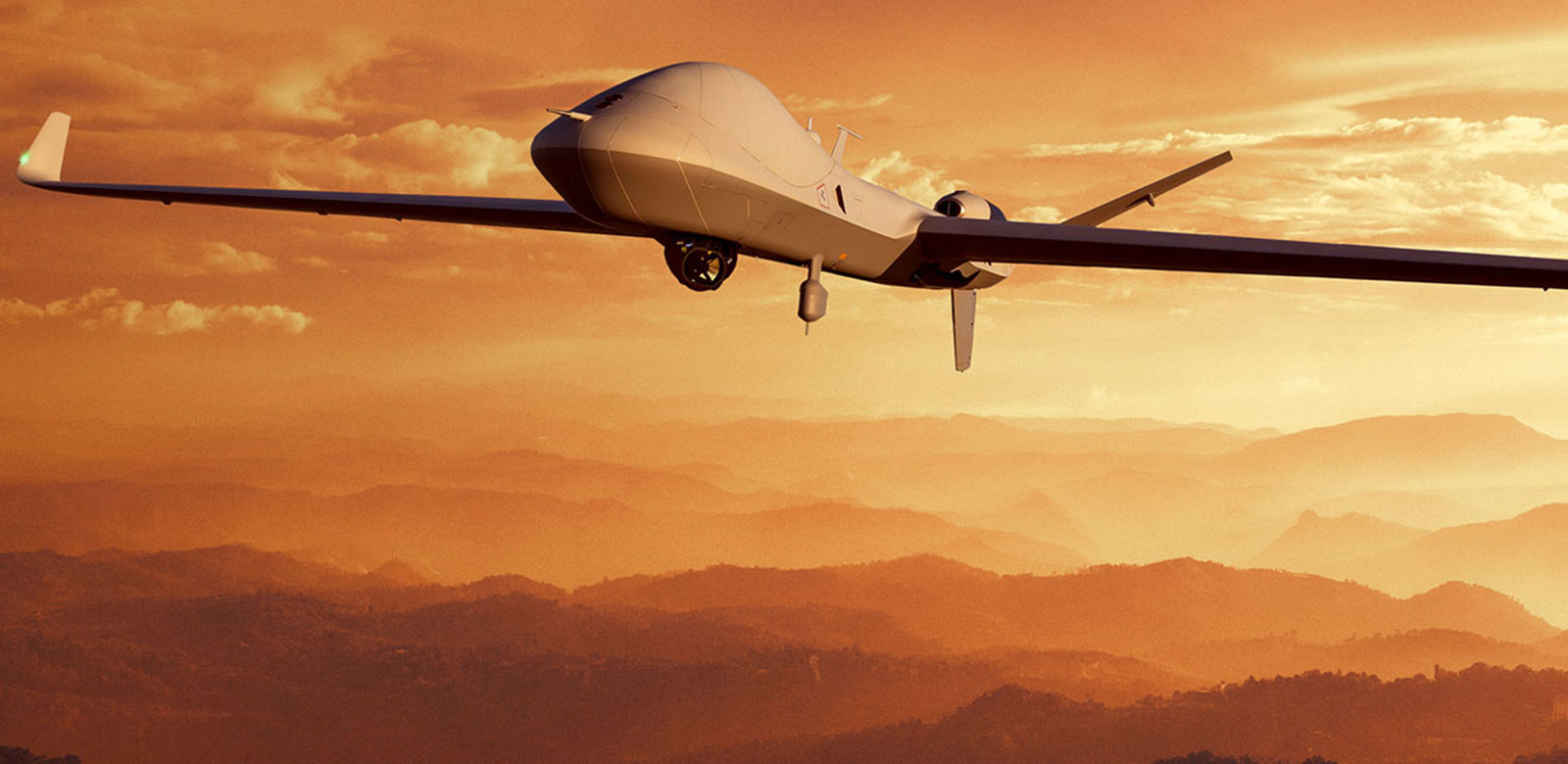alexanderthegreat368
New Member
There are still some blaring issues with drones as you mention, but these will be improved in time with technology such as 5G, AI and in jamming resistance. If we look at examples such as the infamous Bayraktar TB2 in Nagorno-Karabakh and Ukraine, these NZD$2M drones offered a strong asymmetric capability able to take out units many times more expensive. Especially against Russia which is known to have strong EW capabilities. In the case of NZ if they operate locally in a defensive manner, comms will be stronger (less signal attenuation) and therefore less vulnerable to electronic attack. Drones are the future and hence many countries are placing significant investment in them.
The other alternative is a manned fighter force, which is arguably far more expensive (4th gen fighters are approx. 40x the unit price of a TB2) and includes risks of losing personnel on dangerous mission profiles. It will be even more expensive for NZ as it is a capability that has been lost so the supporting infrastructure and pilot training are absent. Though the capabilities of manned fighter aircraft cannot be fully replaced by UCAVs at the moment, especially in air-to-air combat, acquiring them are not an economically or perhaps politically viable solution. A middle ground may be like FCAS, combining manned combat aircraft with multiple loyal wingman drones to carry strikes etc. But this may also be too costly.
A limited air combat capability provided by drones is better than none at all, and the NZG seems to have no intention of restoring such a force with manned aircraft. SeaGuardian seems to be a good first pick for ISR of NZ's large EEZ and for limited maritime strike.
The other alternative is a manned fighter force, which is arguably far more expensive (4th gen fighters are approx. 40x the unit price of a TB2) and includes risks of losing personnel on dangerous mission profiles. It will be even more expensive for NZ as it is a capability that has been lost so the supporting infrastructure and pilot training are absent. Though the capabilities of manned fighter aircraft cannot be fully replaced by UCAVs at the moment, especially in air-to-air combat, acquiring them are not an economically or perhaps politically viable solution. A middle ground may be like FCAS, combining manned combat aircraft with multiple loyal wingman drones to carry strikes etc. But this may also be too costly.
A limited air combat capability provided by drones is better than none at all, and the NZG seems to have no intention of restoring such a force with manned aircraft. SeaGuardian seems to be a good first pick for ISR of NZ's large EEZ and for limited maritime strike.



